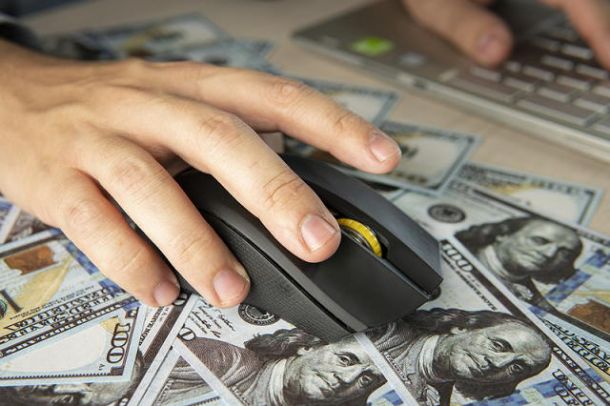Hacker Blocker: The Ultimate Solution for Ransomware Protection
Ransomware attacks are a growing threat to both individuals and organizations, with the number of attacks on the rise in recent years. These attacks occur when hackers use malware to encrypt a victim's files and demand payment in exchange for the decryption key. In many cases, victims are forced to pay the ransom in order to regain access to their files.
For those who are not familiar, Ransomware is a type of malware that encrypts the victim's files and demands payment in exchange for the decryption key. RaaS is a type of service that allows hackers to use pre-built malware to launch ransomware attacks without having to develop the malware themselves.
One of the most effective ways to protect against ransomware attacks is by blocking the IP addresses and CIDRs used by Ransomware as a Service (RaaS) servers. These servers are used by hackers to control the malware and collect payment from victims. By blocking these IPs and CIDRs, it is possible to prevent the malware from communicating with its command and control servers, effectively stopping the attack.
This is where Hacker Blocker comes in. Our software is specifically designed to protect against ransomware attacks by updating native Firewalls with the IPs and CIDRs used by RaaS servers. Hacker Blocker can be run as a standalone software on a computer or network, or it can be integrated into existing security software such as firewalls or intrusion detection systems.
Hacker Blocker is constantly updated with the latest IPs and CIDRs used by RaaS servers, ensuring that it is always up-to-date and able to protect against the latest threats. Our team of cybersecurity experts monitors public sources of threat intelligence, such as the websites of cybersecurity companies and organizations, to obtain the latest IPs and CIDRs used by RaaS servers.
Hacker Blocker operates by maintaining a constantly updated list of IP addresses and CIDRs associated with known RaaS servers. This list is used to block incoming connections from these IPs and CIDRs, preventing the ransomware from communicating with its command and control servers and thus preventing the encryption of the victim's files.
One of the key features of Hacker Blocker is its ability to update the list of blocked IPs and CIDRs in real-time. This is important because Ransomware as a Service servers frequently change their IP addresses, making it difficult for traditional security measures to keep up with the threat. By updating the list of blocked IPs and CIDRs in real-time, Hacker Blocker ensures that it is always able to block connections from known Ransomware as a Service servers.
Another important feature of Hacker Blocker is its ability to protect against both known and unknown Ransomware as a Service servers. The software uses advanced techniques such as machine learning and behavioral analysis to detect and block connections from previously unknown Ransomware as a Service servers. This allows Hacker Blocker to protect against new and emerging threats that may not yet be included in its list of known IPs and CIDRs.
Hacker Blocker can be run as a standalone software on a computer or network, or it can be integrated into existing security software such as firewalls or intrusion detection systems. This allows organizations to easily add an additional layer of protection against Ransomware attacks, without having to make major changes to their existing security infrastructure.
Ransomware attacks are on the Rise
Ransomware attacks have been on the rise in recent years, and according to various reports, this trend continued in 2020. Ransomware attacks are a serious threat to organizations of all sizes and across all industries. They can result in significant financial losses, as well as disruption to normal operations.
According to a report by Cybersecurity Ventures, ransomware attacks are projected to cost businesses $11.5 billion in 2019, and this number is expected to rise to $20 billion by 2021. Another report by McAfee states that ransomware attacks grew by 365% in 2019, and this trend continued in 2020.
In 2020, there were several notable ransomware attacks that made headlines, such as the attack on the Colonial Pipeline, which temporarily shut down the pipeline, causing fuel shortages across several states in the US. Another notable attack was the attack on the German company, CTS Eventim, which caused the cancellation of thousands of concert and sports events.
Additionally, according to a report by Check Point Research, the healthcare sector was the most targeted sector by ransomware attacks in 2020, followed by the education and manufacturing sectors. The report also revealed that the most targeted countries were the United States, followed by Germany, the UK, and France.
It's important to note that these numbers and statistics are based on the reported attacks, and the real numbers of attacks could be much higher as many attacks go unreported. This highlights the importance of implementing robust security measures to protect against ransomware attacks and the importance of having incident response plans in place to minimize the impact of an attack.



